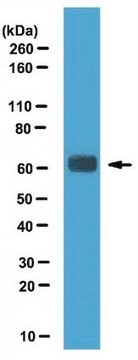MABE50
Anti-Phosphoepitope SR proteins Antibody, clone 1H4
clone 1H4, from mouse
Synonim(y):
Ser-Arg-rich proteins
About This Item
Polecane produkty
pochodzenie biologiczne
mouse
Poziom jakości
forma przeciwciała
purified immunoglobulin
rodzaj przeciwciała
primary antibodies
klon
1H4, monoclonal
reaktywność gatunkowa
rat
reaktywność gatunkowa (przewidywana na podstawie homologii)
human (based on 100% sequence homology), mouse (based on 100% sequence homology)
metody
immunocytochemistry: suitable
immunoprecipitation (IP): suitable
western blot: suitable
izotyp
IgG1κ
Warunki transportu
wet ice
docelowa modyfikacja potranslacyjna
unmodified
Opis ogólny
Immunogen
Zastosowanie
Immunoprecipitation Analysis: A representative lot was used by an independent laboratory in IP (Buratti, E., et al. (2007).
Epigenetics & Nuclear Function
RNA Metabolism & Binding Proteins
Jakość
Western Blot Analysis: 0.025 µg/mL of this antibody detected SR proteins in 10 µg of L6 plus insulin cell lysate.
Opis wartości docelowych
This antibody recognizes the family of SR proteins which consist of 75, 55, 40, 30, 20 kDa proteins.
Postać fizyczna
Przechowywanie i stabilność
Komentarz do analizy
L6 plus insulin cell lysate
Inne uwagi
Oświadczenie o zrzeczeniu się odpowiedzialności
Nie możesz znaleźć właściwego produktu?
Wypróbuj nasz Narzędzie selektora produktów.
Kod klasy składowania
12 - Non Combustible Liquids
Klasa zagrożenia wodnego (WGK)
WGK 1
Temperatura zapłonu (°F)
Not applicable
Temperatura zapłonu (°C)
Not applicable
Certyfikaty analizy (CoA)
Poszukaj Certyfikaty analizy (CoA), wpisując numer partii/serii produktów. Numery serii i partii można znaleźć na etykiecie produktu po słowach „seria” lub „partia”.
Masz już ten produkt?
Dokumenty związane z niedawno zakupionymi produktami zostały zamieszczone w Bibliotece dokumentów.
Nasz zespół naukowców ma doświadczenie we wszystkich obszarach badań, w tym w naukach przyrodniczych, materiałoznawstwie, syntezie chemicznej, chromatografii, analityce i wielu innych dziedzinach.
Skontaktuj się z zespołem ds. pomocy technicznej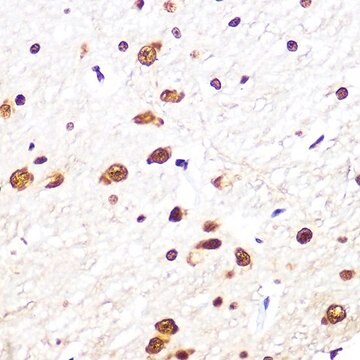
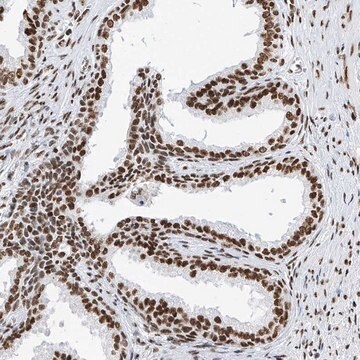
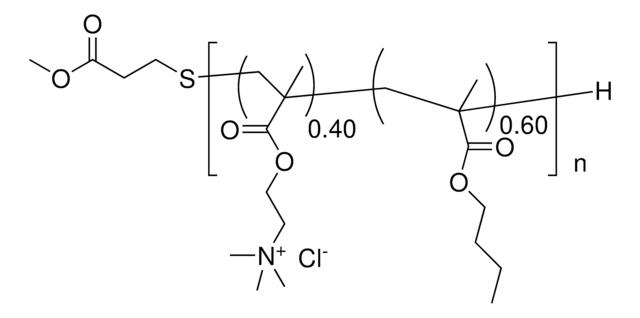

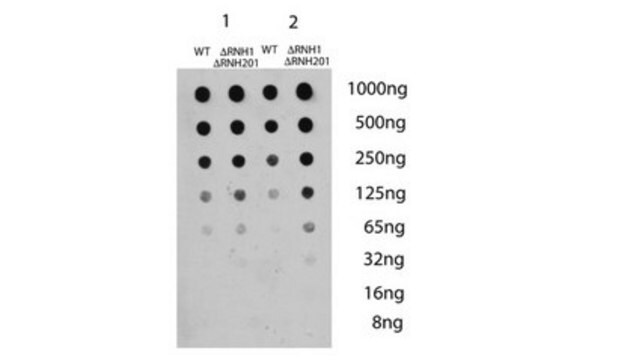

![Digoxigenin-11-dUTP, alkali-labile =85% (HPLC), solution, pkg of 25 μL (11573152910 [1 mM]), pkg of 125 μL (11573179910 [1 mM]]])](/deepweb/assets/sigmaaldrich/product/images/352/091/ef743cea-ccd8-44f1-8f3b-dec5a1e4f5d1/640/ef743cea-ccd8-44f1-8f3b-dec5a1e4f5d1.jpg)

